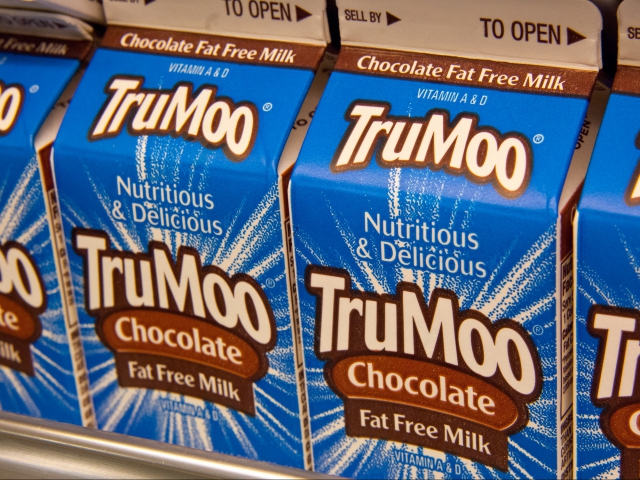

- #Difference between whole milk and 2 percent full#
- #Difference between whole milk and 2 percent free#
#Difference between whole milk and 2 percent full#
When looking at your diet as a whole, it’s important to consider a food’s full nutrient package. So is the natural sugar (lactose) in milk bad for you? Exactly How Much Sugar Is in a Glass of Milk?Ģ4 grams sugar (12 grams natural sugar, 12 grams added sugar) Flavored milk options, like chocolate milk, do contain added sugar for flavor. We just really really like whole milk and want to share with you why we think whole milk is so great.There are about 12 grams of natural sugar (lactose) in each 8-ounce glass of milk, which is about the same amount of natural sugar you would find in an orange. If your preference is 2%, 1%, skim, or whole milk, there’s no guilt from us at Grace Harbor Farms. This study finds that carbs for breakfast actually make you hungrier!

It also keeps you from feeling as hungry. Eating something higher in fat in the morning means a lower spike in insulin levels, while also providing your body with energy for longer. But who got the blame? That’s right, fat.įat is great because it can take you further.
#Difference between whole milk and 2 percent free#
When margarine and fat free options skyrocketed, so did heart disease. Since margarine positioned itself as a healthier fat free option, it overlooked some of the downsides, such as trans fats. The idea at the time, which persists today “if you don’t consume fat, you won’t get fat!” There were diet trends recommending carb heavy foods, replacing fat heavy foods.ĭo the Amish die of coronary heart disease? Nope! Do the Tibetans drink yak butter tea and heave healthier heats than the average westerner? Yup!Ī man in 1965 went 1 whole year without eating, living off his own body fat and supplemental vitamins. Margarine came into play and advertisers used the no fat as a health benefit. Plus, fat is seen as evil, ever since WWII, when butter shortages started to happen. If I want to lose weight, I cut out carbs, I’ll stop eating carb loaded snacks and soda. The nutritional value is not as great as whole, and the percentage difference is not much. If you’re looking to cut back on fat, switching to 2% won’t help much. Whole milk fat:10 grams, sodium:89mg, Carbs:12g, Fiber: 0g, sugars:11g, protein: 9g, 2% milk contains about 124 carbs a cup, with 9.8 grams of fat, and Calories: 122įat: 4.8g Sodium: 115mg Carbohydrates: 12g Fiber: 0g Sugars: 12g Protein: 8g Not much! Really, the difference is very little. When you remove the fat, you are taking what makes that milk milk. The percentage difference between the two milks really is flavor and nutritional. Whole milk is creamier, a little thicker, more natural. 2% homogenized milk feels and tastes like watered down milk. I see it as, if you like the taste of milk, why skip out on that flavor? Some people may not like the 3.25% milkfat. Without the full fat, proccessors have to add in vitamins to make up for the lack of nutrients. It’s more rich and savory.Ģ% tastes like watered down whole milk. But after the first sip of that cold glass of whole milk, I didn’t go back.

So I never really drank whole milk until my 20s. Growing up, my mom purchased 2%, she grew up in a time where fat was bad. Homogenization also poses certain health risks, since the process blasts the fat into such tiny particles, which pass through your digestive system and goes straight to your blood stream. We don’t homogenize, we try to keep milk as close to it’s natural state as possible. Some milk brands take the cream and homogenize, so the fat is imperceptible. Whole milk means it has 3.5%, generally speaking. Excess fat is turned into butter or cream. The dairy processor skims the fat off the top of the vat, and adds it back in, after calculating the weight of fat needed. Get ready, because I may shock your world with some of the facts below.Ģ% means that the entire weight of the milk contains 2% milkfat. I won’t ask you to open your mind to switch political parties or religions, I just want you to hear me out on why 2% milk may not be the best option on the shelves. But is it really the healthier and tastier choice? But maybe, just maybe, old time traditions and myths have haunted the milk consuming community. 2% milk sounds like a healthy option right? It means you’re cutting back on the fat.


 0 kommentar(er)
0 kommentar(er)
